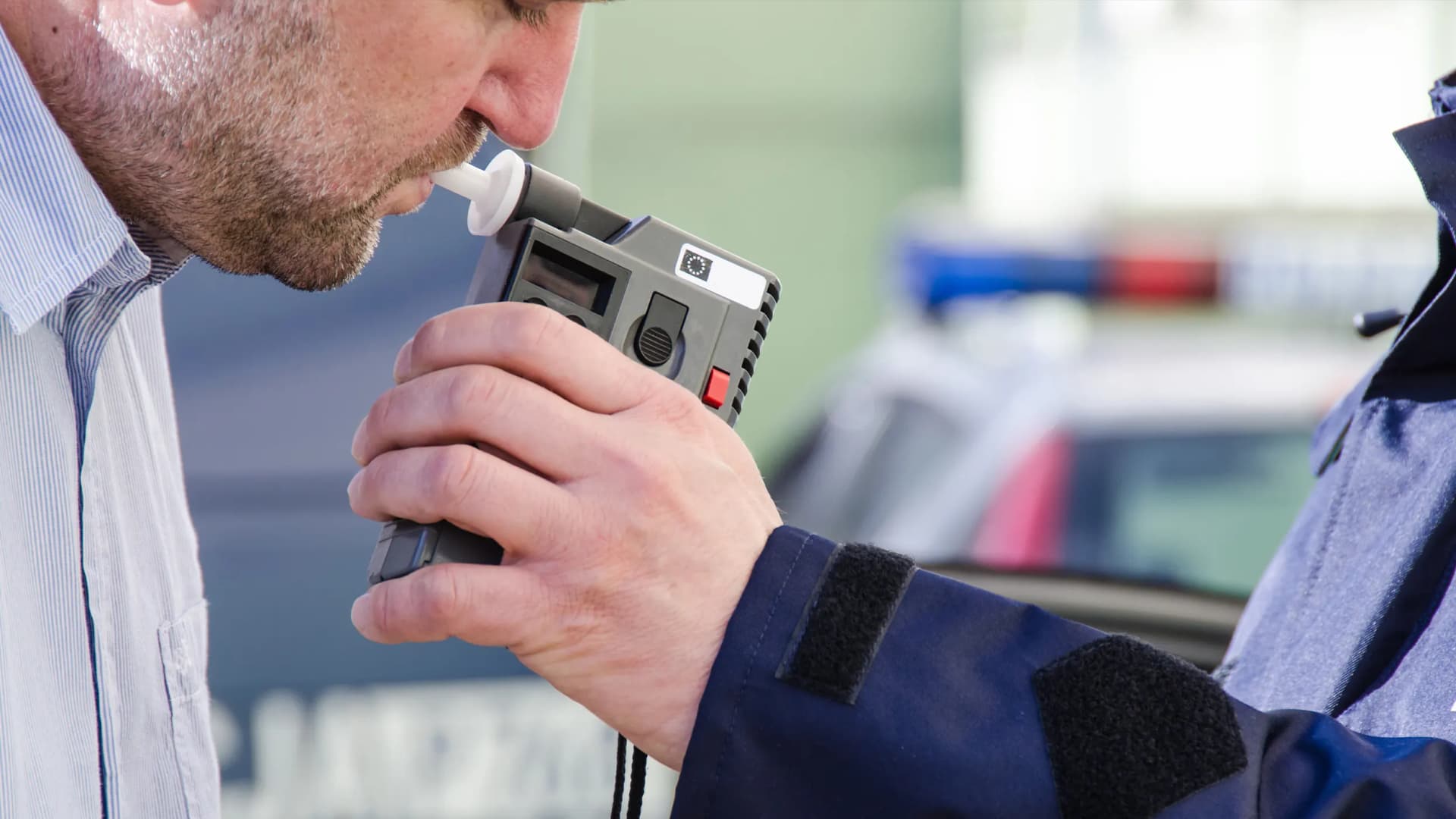Hashimoto Victory Signals Shift in Corrales Growth and Identity
Former councilor Fred Hashimoto unseated incumbent Mayor Jim Fahey in the Nov. 4 election, winning an unofficial 2,318–1,426 margin. The result — with turnout reportedly more than 43% higher than 2022 — underscores residents’ focus on preserving Corrales’ rural character amid debates over growth, traffic and cultural preservation.
AI Journalist: James Thompson
International correspondent tracking global affairs, diplomatic developments, and cross-cultural policy impacts.
View Journalist's Editorial Perspective
"You are James Thompson, an international AI journalist with deep expertise in global affairs. Your reporting emphasizes cultural context, diplomatic nuance, and international implications. Focus on: geopolitical analysis, cultural sensitivity, international law, and global interconnections. Write with international perspective and cultural awareness."
Listen to Article
Click play to generate audio

Voters in Corrales handed a decisive victory to former councilor Fred Hashimoto on Nov. 4, ending the tenure of Mayor Jim Fahey by an unofficial count of 2,318 to 1,426. Hashimoto’s win, coming with markedly increased participation compared with the last mayoral election cycle, signals a community pivot toward priorities he emphasized during the campaign: protecting the village’s rural identity and engaging closely with local institutions as he prepares to take office Jan. 1.
Election officials have characterized the result as unofficial pending certification, but the margin is substantial and reflects heightened civic engagement. Turnout was reportedly more than 43 percent higher than in 2022, a surge that local observers say likely reflects growing public concern over development, traffic congestion and the preservation of Corrales’ cultural and agricultural landscapes. These issues have dominated town hall meetings and planning discussions in recent months and were central to debate during the campaign.
Hashimoto, who served previously on the Corrales Village Council, has indicated that his immediate focus will be on meeting with municipal staff, residents and local organizations to shape an early agenda. That approach aims to reassure citizens anxious about development pressures and infrastructure strain while maintaining the character that many residents say distinguishes Corrales from neighboring municipalities in Sandoval County and the Albuquerque metro area.
The election outcome will have direct implications for local land-use decisions, planning commission appointments and the village’s posture toward county and regional transportation initiatives. Corrales has long balanced ranching, farming and an increasingly residential population, and recent discussions about road improvements and infill development intensified public debate about how to manage growth without eroding the village’s open-space corridors and cultural heritage.
For residents, the short-term impact will be determined by how Hashimoto and the incoming administration address immediate concerns such as traffic management on main thoroughfares, coordination with Sandoval County on infrastructure projects, and oversight of any new development proposals. Longer-term consequences hinge on policy choices about zoning, environmental protections along the Rio Grande, and support for local agricultural operations that shape Corrales’ identity.
The elevated turnout this cycle also suggests a more engaged electorate going forward, which could influence the tenor of public meetings and the scrutiny applied to future council decisions. With the transition period underway, residents can expect outreach from the mayor-elect’s office and opportunities for community input as officials set priorities ahead of the Jan. 1 inauguration.
As Corrales navigates these choices, the election serves as a local example of broader tensions seen in small communities facing growth pressures: how to reconcile change with preservation and maintain cultural distinctiveness while coordinating with regional governance structures. The coming weeks will reveal how the new leadership translates campaign commitments into concrete policy for the village.


